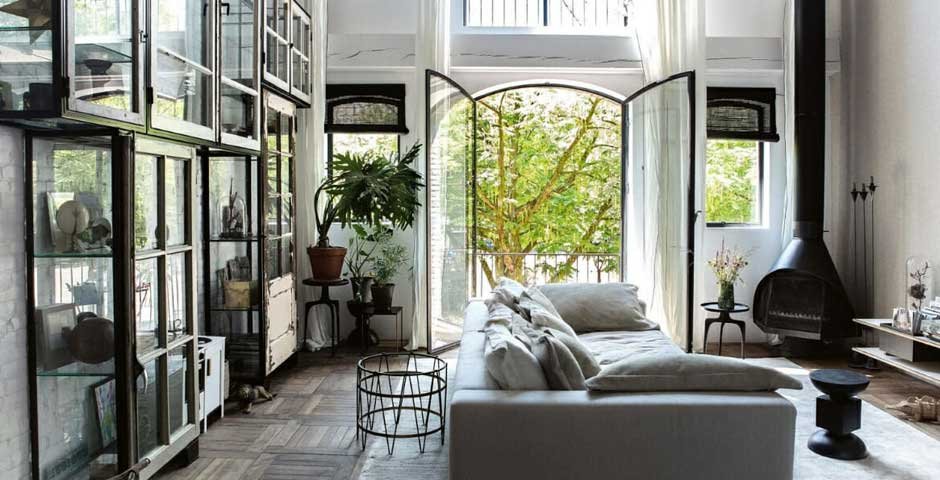Creating a comfortable and inviting home is important for creating a relaxing and welcoming environment. However, styling your home can be a daunting task, especially if you’re not sure where to begin. Many people struggle to create cohesive and stylish spaces that reflect their personalities and preferences. From creating a focal point to using color and texture, these tips will help you create a beautiful and functional space that you’ll love coming home to.
1. Create a focal point
Creating a focal point is one of the most important elements of styling your home like a pro. A focal point is the first thing that grabs your attention when you enter a room. It could be a piece of artwork, a statement wall, or a bold piece of furniture. Whatever it is, it should be something that makes a statement and draws your eye. Once you have identified your focal point, you can build the rest of the room around it. The demand for flameless candles is increased over time.
2. Use color and texture to add interest
One of the best ways to style your home like a pro is by using color and texture to add interest. Start by choosing a color scheme that complements the style of your home and your personal preferences. You can use a neutral color palette and then add pops of color through your furniture, accessories, and decor.
3. Choose the right lighting
Lighting is an essential aspect of home styling, and it is often overlooked. Good lighting can make a small room look bigger and more inviting. When choosing lighting, it’s important to consider the room’s function. For a living room, you may want to choose warm, ambient lighting to create a cozy atmosphere. In contrast, for a kitchen or home office, you may need brighter, task-oriented lighting to help you see what you’re doing.
4. Incorporate art and accessories
When it comes to styling your home like a pro, incorporating art and accessories is key. Art and accessories are a great way to add personality and character to any room in your home. The first step to incorporating art and accessories is to decide on a style or theme that you want to achieve. This could be anything from a minimalist, modern, or bohemian style. Once you have a style in mind, you can start selecting art and accessories that fit that theme. When it comes to art, don’t be afraid to mix and match different styles.
A gallery wall is a great way to display a collection of art pieces and create a statement piece in your room. For accessories, try to mix textures and materials. Another great way to incorporate art and accessories is to use them to bring color into your room. If you have a neutral palette, adding pops of color through artwork and accessories can make a big impact. It’s important to remember not to overcrowd your space with too many art pieces and accessories.
5. Choose a style:
Determine your desired interior design style first. Create a mood board with photos that speak to you by searching through periodicals, websites, and social media for inspiration. This will assist you in creating a unified vision for your area. A room gains depth and visual appeal when textures and patterns are mixed. Try experimenting with various materials to generate contrast and tactile appeal, such as wood, metal, glass, and textiles. Use wallpaper, rugs, throw pillows, or curtains to add patterns, but be careful to balance them to prevent the room from being too busy.
6. Think about quality over quantity:
Invest on a few statement-making high-quality pieces rather than filling your home with a bunch of minor decor things. Invest on pieces of furniture and accessories that are well-made, classic in style, and long-lasting. Your area will feel upscale and well-curate thanks to this strategy.
The smallest elements enhance a space’s overall design. Think of components like distinctive accessories, attractive hardware, ornamental trimmings, and carefully selected colour schemes. Layer your design by blending various textures, adding live plants or flowers, and putting up sentimental objects or works of art that express your personality.



